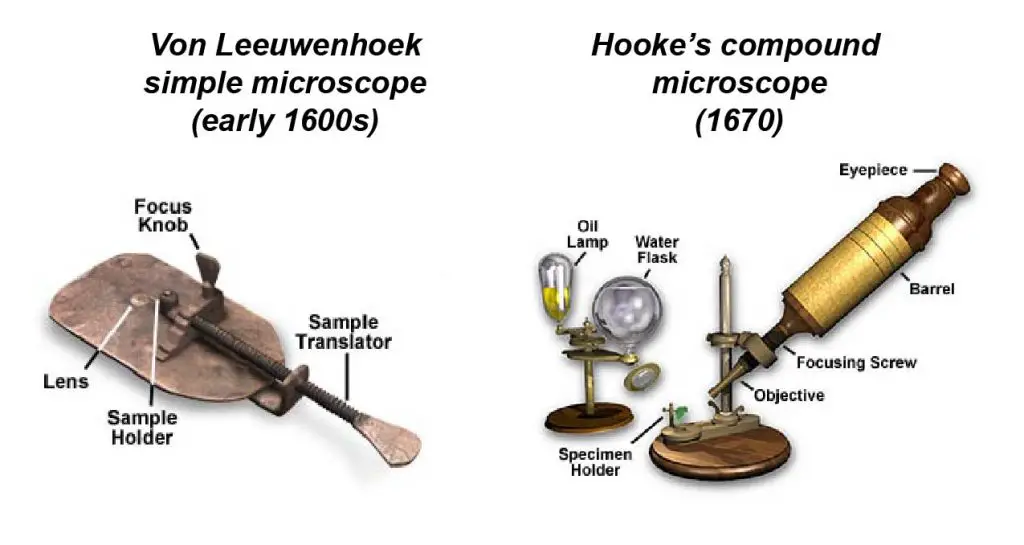
In fluorescence microscopy, this need motivated the continuous development of new, brighter, and differently colored fluorescence proteins. Since then, there has been an ever increasing need for multicolor labeling of individual samples. The introduction of genetically encoded fluorescent proteins has revolutionized cell biology. This strategy of multilabeling for EM closes a significant gap in our tool set and has a broad application range in cell biology.

The combinatorial expression of the three organelle-specific constructs increased the number of clearly distinguishable labels to seven. The labeling of the endoplasmic reticulum, synaptic vesicles and the plasma membrane consequently allowed for triple labeling in the EM. We then built fusion proteins that targeted our new enhanced HRP (eHRP) to three cell organelles whose labeling pattern did not overlap with each other. First, we created a reliable and high sensitive label by evolving the catalytic activity of horseradish peroxidase (HRP). Here, we introduce combinatorial cell organelle type-specific labeling as a strategy for multilabeling. In electron microscopy, however, true genetic encoded multilabeling is currently not possible. In fluorescence microscopy this need has been satisfied by the development of numerous color-variants of the green fluorescent protein. We carry several different sets of prepared slides of varying types, perfect for students and hobbyists alike, as well as slide storage boxes to keep them clean and safe while not in use so that you’ll be able to enjoy these slides for years to come.Genetic encoded multilabeling is essential for modern cell biology. They’re often used for living cells like red blood cells, tissue samples taken from animals and humans alike, and non-animal cell samples such as the stems, seeds, and leaves of plants, fungi, mosses and lichens, and single-cell organisms like paramecia and hydras.

Prepared slides come in many different forms. Preparing stains for microscope slides is an especially painstaking process, and that’s why having a wide selection of slides that have been prepared in advance saves time and effort that can then be spent on examining samples instead of prepping them. Preparing slides for observation beneath a microscope is a painstaking process that’s often beyond the scope or ability of students or hobbyists, as it involves taking a number of steps that include staining and mounting samples. Prepared slides are an important part of any hobby or educational syllabus that involves the use of learning how to use a microscope.


 0 kommentar(er)
0 kommentar(er)
